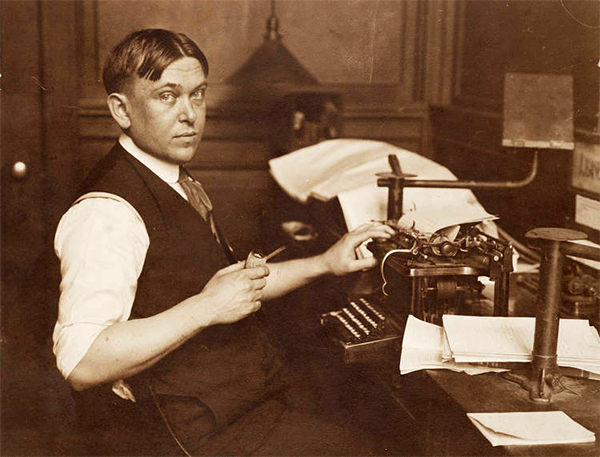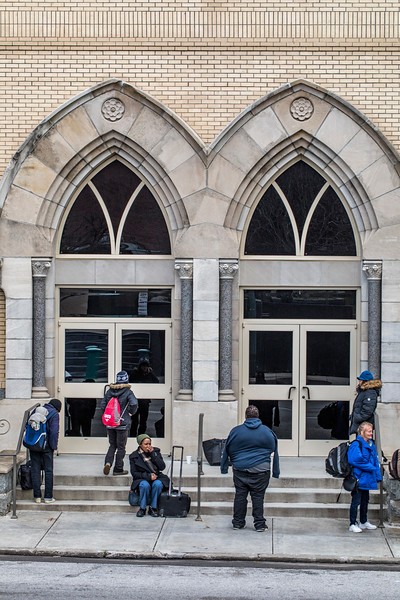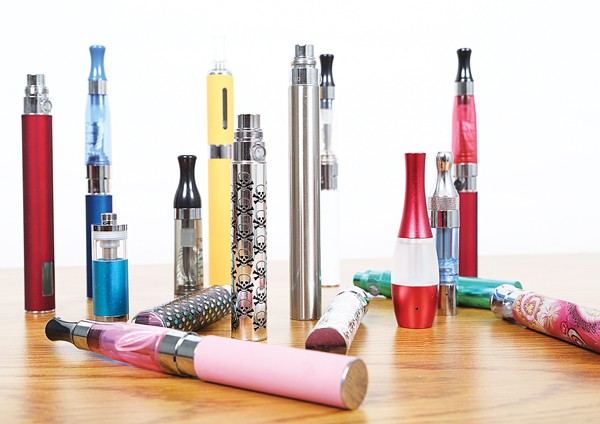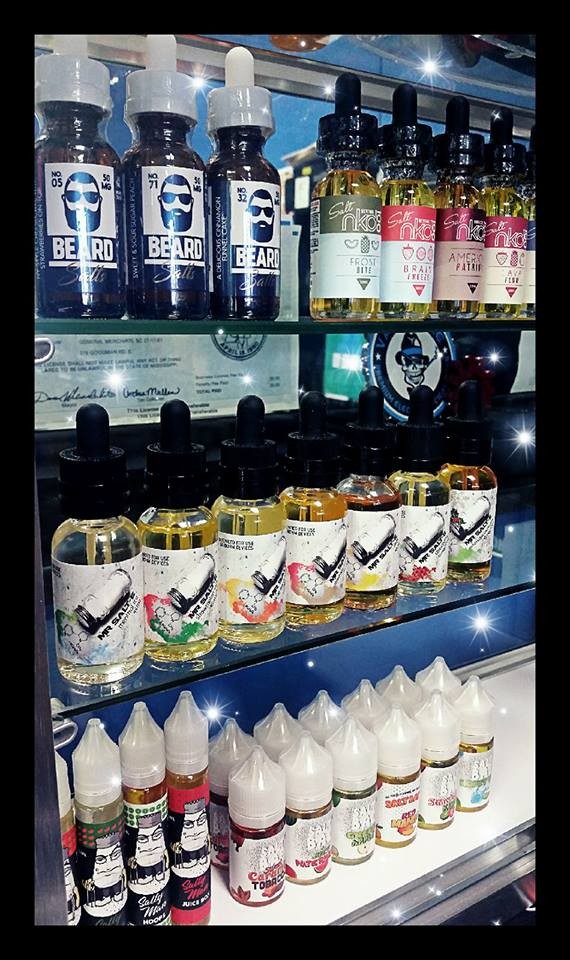I remember vividly where I was on September 11, 2001, and I bet you do, too. Everything stopped. We were in shock, battered by one revelation after another. Commercial airliners used as weapons. Tall buildings collapsing like Jenga towers. Tales of heroism in the sky and on the ground. Images of destruction and death filling our senses for days.
We lost 3,000 American citizens that day. In the aftermath, the country rallied together. The president’s team formulated a plan of action. We now know it was a horrible plan of action, one that didn’t even target the right perpetrators, but we responded as a country, united at least in the belief we needed to take a stand, to do something! National emergencies usually do bring us together — to heal communities after a mass shooting, to help fellow Americans rebuild after disasters, to fight fires and hurricanes and floods in blue states and red.
 Wikipedia Commons
Wikipedia Commons
H. L. Mencken
In 2020? Not so much. For the past six months, we’ve been losing around 1,000 American lives a day to a pandemic that our president refuses to take seriously — the equivalent of 67 September 11ths and counting. So we wallow along, some of us wearing masks, some of us making fun of people wearing masks, some of us not even believing there is a pandemic. Some of our leaders take the disease seriously. Some don’t. Some schools are open. Some aren’t. Should we go to the movies? Eat in a restaurant? Ehh, your call.
It’s the DIY pandemic, and it’s going to continue to kill thousands of us every week until there is a coordinated national plan to take it on, as has happened in most of the civilized countries of the world. One day last week, Canada had zero deaths. England, Spain, Italy, etc. are averaging less than 15 deaths a day. But here in TrumpWorld, we’re just letting it roll, baby, encouraging morons who don’t believe the disease even exists because in America masks take our freedom.
Our own national Centers for Disease Control has been politicized with a spokesperson, Michael Caputo, who posits bizarre conspiracy theories about CDC undercover scientists, who says the “shadows are long” in his apartment, and that he fears being assassinated by leftist death squads.
This is madness. Quite literally. No one’s at the wheel. We are splintered, careening from one appalling revelation after another, with no letup in sight. Trump eats the news cycle. We’re all reduced to just reacting to his impulses — frogs sitting in water that’s about to reach a boil, and we have no idea where to jump. We are distraught and angry and sad and exhausted by it all.
At least, most of us are. Then there are the working men in Ohio who were interviewed by The Economist this week. Here’s a sample: “He’s done a great job, he’s got everyone back to work. I’m pretty much 100 percent for him,” said Kyle, a 30-year-old electrician. “He shoots his mouth off but at least that shows he’s honest,” said Jason, a pipe-fitter, who said he especially liked Mr. Trump’s commitment to reducing the national debt. “He’s done more for our country than the past 10 presidents put together,” said an older builder, Jeff, skimming wet concrete on a new road. “He’s made — who is it, China or Japan? — pay our farmers millions of dollars. He got healthcare done, which the Democrats could never do. He built the wall.”
Whatever “news” ecosystem these fellows are consuming has filled their brains with misinformation and mush, and they’re quite happy about it. There are millions of people like these in America. And they vote.
I leave you with the words of the newspaper columnist H.L. Mencken, writing for the Baltimore Evening Sun in 1920 — 100 years ago: “In small areas, before small electorates, a first-rate man occasionally fights his way through, carrying even the mob with him by the force of his personality. But when the field is nationwide, and the fight must be waged chiefly at second and third hand, and the force of personality cannot so readily make itself felt, then all the odds are on the man who is, intrinsically, the most devious and mediocre — the man who can most adeptly disperse the notion that his mind is a virtual vacuum.
“The presidency tends, year by year, to go to such men. As democracy is perfected, the office represents, more and more closely, the inner soul of the people. We move toward a lofty ideal. On some great and glorious day, the plain folks of the land will reach their heart’s desire at last, and the White House will be adorned by a downright moron.”
 Justin Fox Burks
Justin Fox Burks  Cherie Moncada | Dreamstime.com
Cherie Moncada | Dreamstime.com  Pexels/Ruslan Alekso
Pexels/Ruslan Alekso  VaporWize
VaporWize  Dank Vapes
Dank Vapes